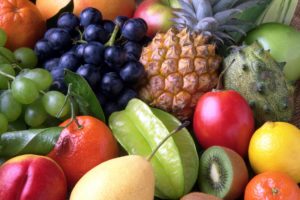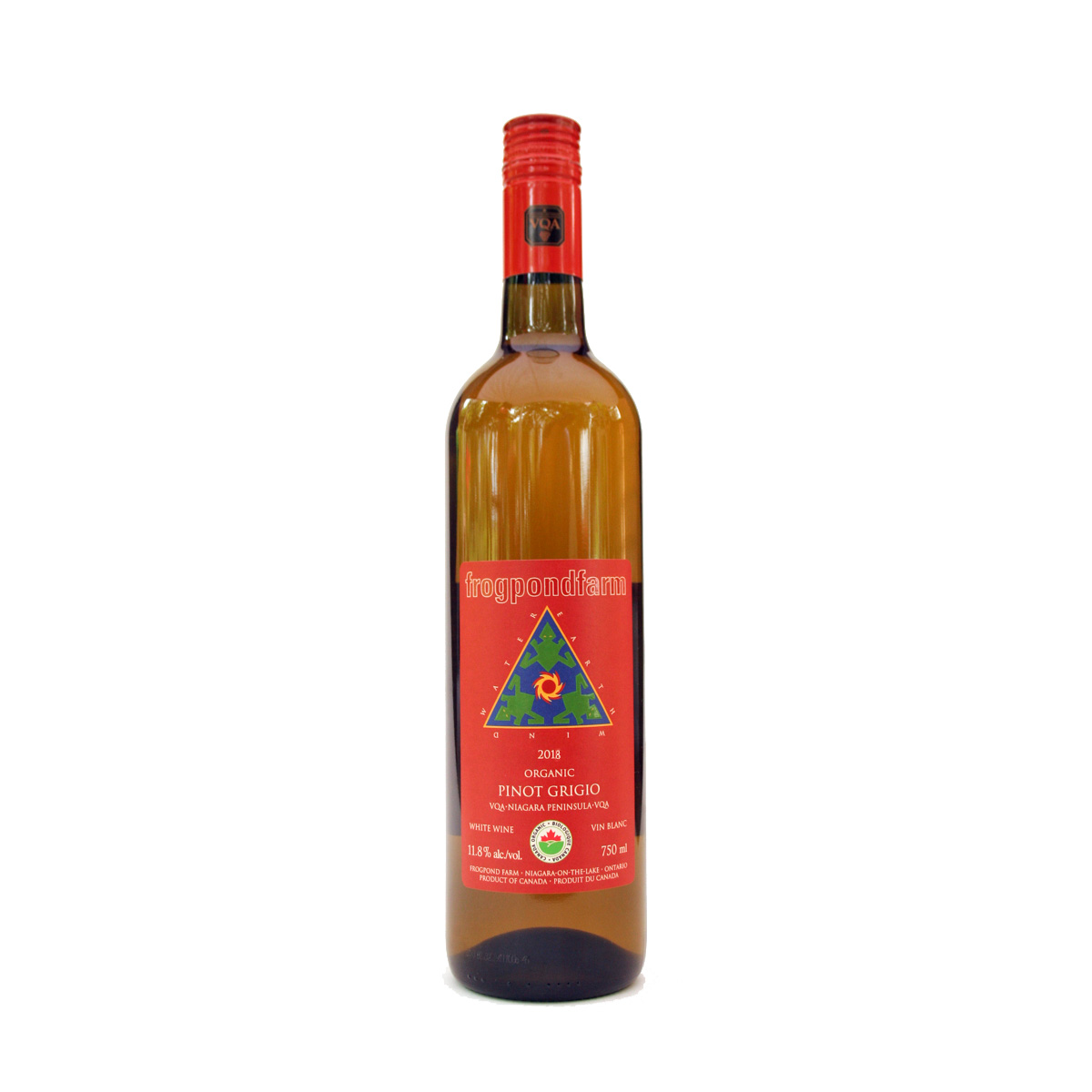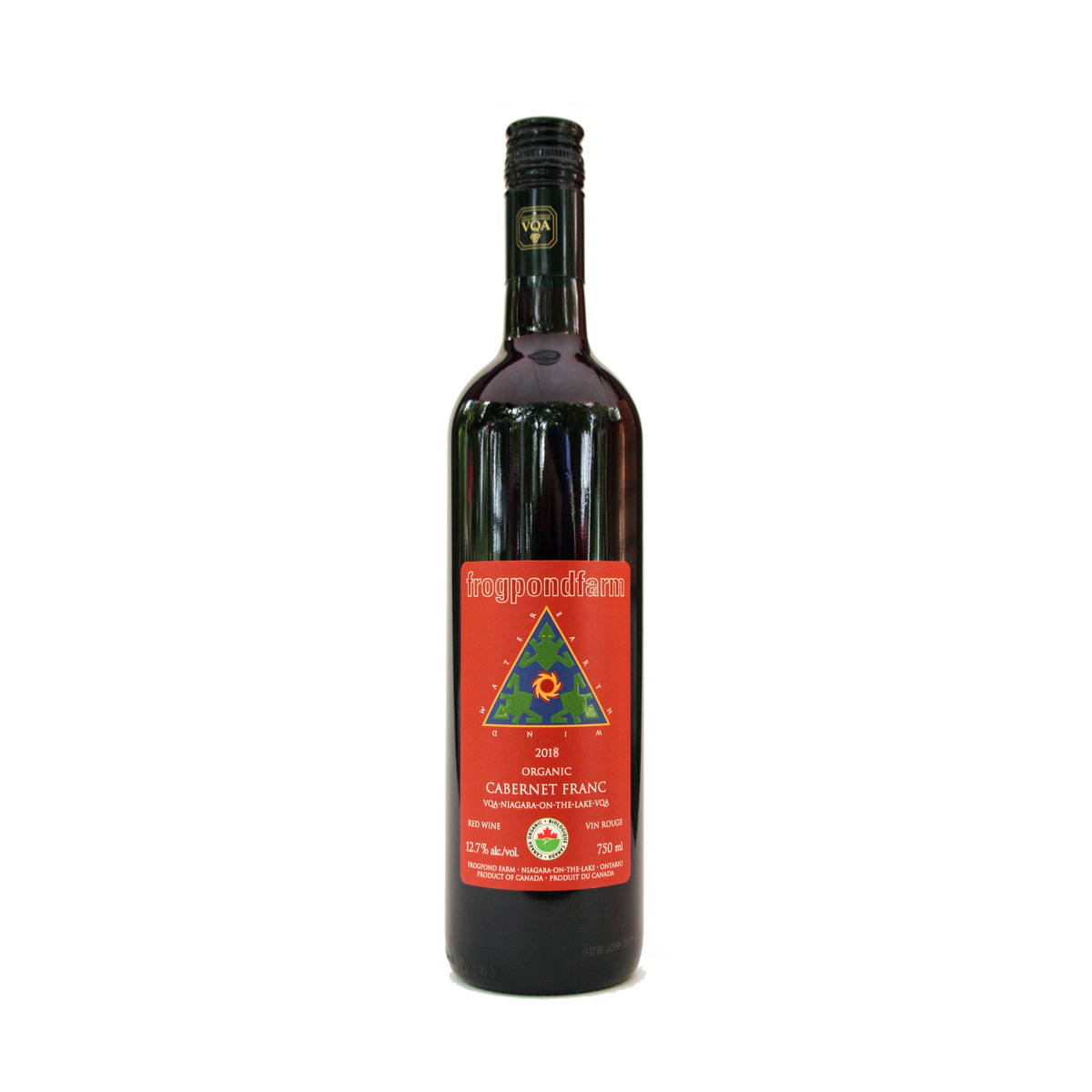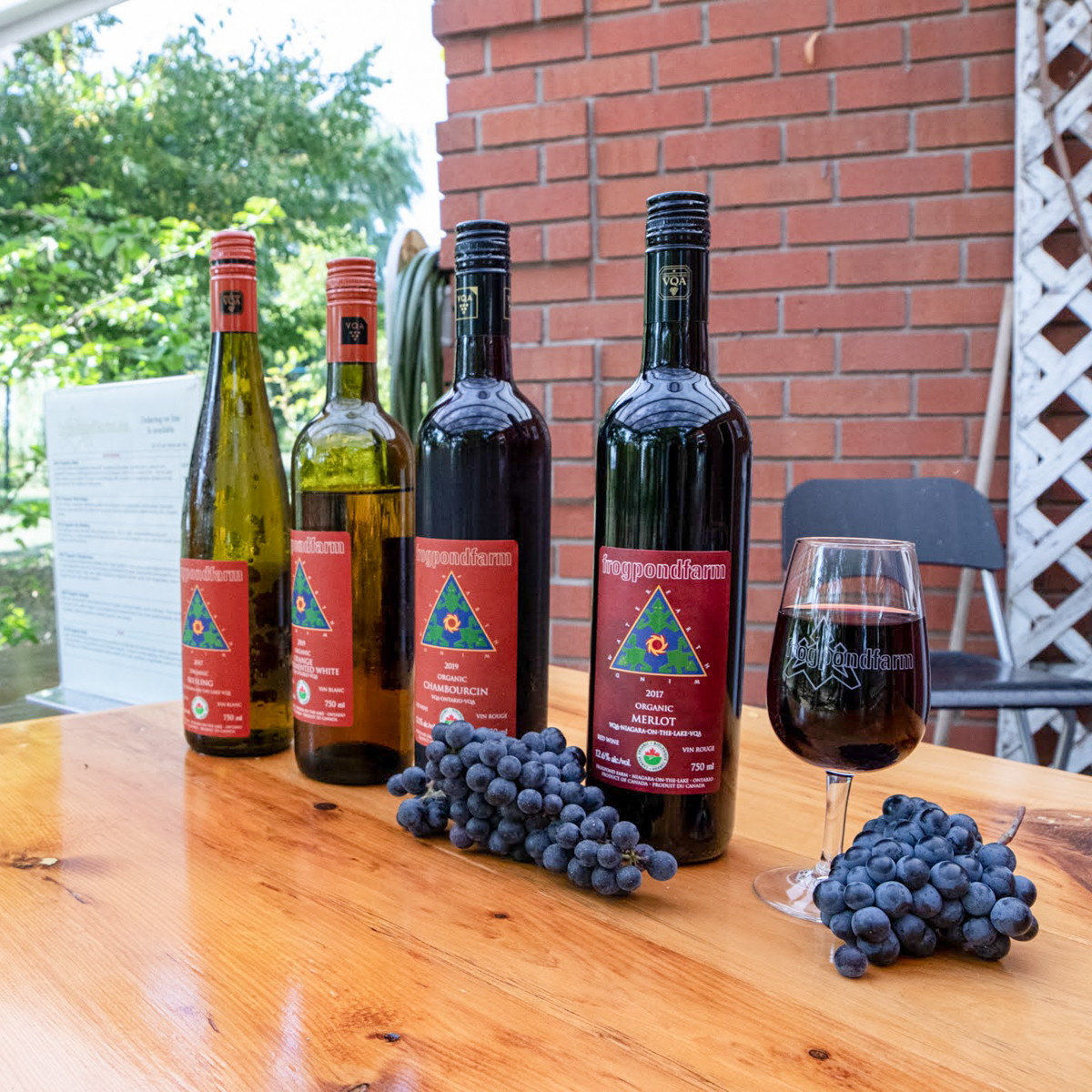Do you ever wonder how people can smell and taste cherries, black currants, cedar, roses and even tar in wine?
Are you puzzled by the description of a wine in a tasting note or on the back label of a bottle when you know that only grapes went into the making of that wine?
Luscious apricot and peach notes are firmed up with fresh edges of apple and citrus.
So, where do these wine aromas and flavours come from?
Welcome to the wonderful world of wine chemistry!
First, let’s be clear that discerning a wine’s aroma and flavour are highly personal … meaning that people’s abilities are related to experience. If you haven’t ever tasted lichee fruit, you won’t recognize that aroma/taste in a glass of Gewürtztraminer.
Also, the mechanics of your power of smell and the number of taste buds on your tongue can influence what you can perceive.
Aroma & Flavour Categories:
Most wine aromas and flavours can be organized into categories such as fruit, floral, herbal/vegetal, spice and earth.
They can come from the grapes (primary), the winemaking process (secondary) and from the ageing process (tertiary).

Chemical Sources:
The chemical sources of many of the fragrances and flavours that make up a wine’s profile, as mentioned above, come from interactions among a variety of naturally occurring chemical compounds and released at various stages of the winemaking process. They can be pleasant in small doses and can be wine faults (unpleasant) at higher thresholds.

Here are some of the main sources:
|
Chemical Compound |
Aroma/Flavour Profile |
Produced How? |
| volatile organic compounds | buttery, oaky, peppery, vanilla | released during crushing of grapes and alcoholic fermentation |
| alcohols | green leaves, fresh-cut grass (e.g., C6-alcohols) | released from fruit itself and through yeast fermentation |
| esters | fruits | from acids and produced by yeasts during fermentation |
| lactones | vanilla, coconut, roasted hazelnut | type of esters (see above), can come from oak-ageing |
| pyrazenes | vegetable-like (e.g., bell pepper), herbal | formed during fermentation process as well as from biological reactions of amino acids and sugars |
| terpenes | floral and citrus | present in grapes, a plant metabolite |
| rotundone | peppery spice | type of terpene (see above) |
| thiols | fruit (e.g. grapefruit pith, gooseberries, black currants) | from interaction of yeast on sulphur organic compounds found in grape must |
| norisoprenoids | petrol or kerosene-like (e.g., TDN) | present in grapes, a plant metabolite |
| phenolic compounds
(flavonoids and non-flavonoids |
spice, add texture (e.g., smooth, dusty, silky) | found in grape pulp, skin, seeds and stems |
| sulphur compounds | earthy, minerality (e.g., rocks, slate, chalk) | present in all stages of wine-making process |
Science Buffs, do not hate us! This is a very simplified explanation of complicated chemicals processes.
Please tell us about your experience of tasting wine. What are you able to taste and smell?


 Art in the Vineyard 2019
Art in the Vineyard 2019


